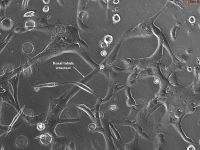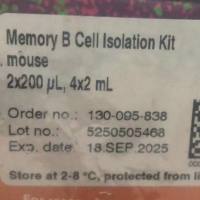Behavioral Methods for the Study of the RasERK Pathway in Memory Formation and Consolidation: Passive Avoidance and Novel Object Recognition Tests
互联网
556
Memory is a high-level brain function that enables organisms to adapt their behavioral responses to the environment, hence
increasing their probability of survival. The Ras–ERK pathway is a key molecular intracellular signalling cascade for memory
consolidation. In this chapter we will describe two main one-trial behavioral tests commonly used in the field of memory research
in order to assess the role of Ras–ERK signalling in long-term memory: passive avoidance and object recognition.
Passive avoidance (PA) is a fear-motivated instrumental learning task, designed by Jarvik and Essman in 1960, in which animals
learn to refrain from emitting a behavioral response that has previously been associated with a punishment. We will describe
here the detailed protocol and show some examples of how PA can reveal impairments or enhancements in memory consolidation
following loss or gain of function genetic manipulations of the Ras–ERK pathway. The phenotypes of global mutants as Ras-GRF1
KO, GENA53, and ERK1 KO mice, as well as of conditional region-specific mutants (striatal K-CREB mice), will be illustrated
as examples. Novel object recognition (NOR), developed by Ennaceur and Delacour in 1988, is instead a more recent and highly
ecological test, which relies on the natural tendency of rodents to spontaneously approach and explore novel objects, representing
hence a useful non-stressful tool for the study of memory in animals without the employment of punishments or starvation/water
restriction regimens. Careful indications will be given on how to select the positions for the novel object, in order to counterbalance
for individual side preferences among mice during the training. Finally, the methods for calculating two learning indexes
will be described. In addition to the classical discrimination index (DI) that measures the ability of an animal to discriminate
between two different objects which are presented at the same time, we will describe the formula of a new index that we present
here for the first time, the recognition index (RI), which quantifies the ability of an animal to recognize a same object
at different time points and that, by taking into account the basal individual preferences displayed during the training,
can give a more accurate measure of an animal’s actual recognition memory.









